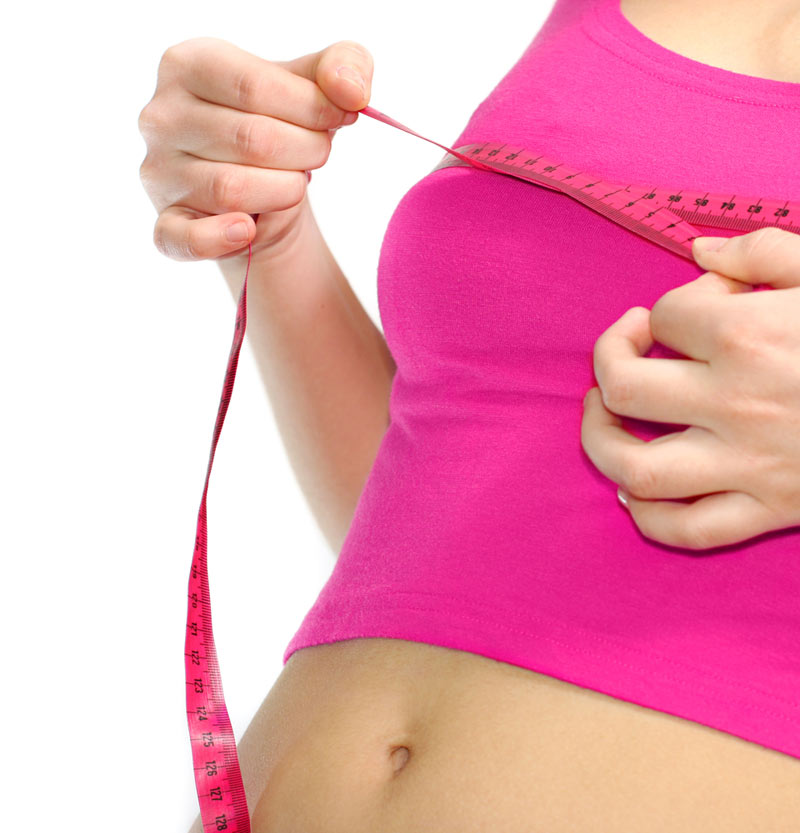
What's the Average American Woman's Bust Size?

In the last 15 years, the average bust size has increased from 34B to 36C. Whether the lift is due to breast augmentation surgeries or a side-effect of expanding waistlines is not known.
Either way, from slinky to full-coverage undergarments, bras have graced the bodies of women since the 1800s. But modern bra sizing didn't come into fashion until 1928.
As if measured and weighed for a delectable recipe, breasts are sized in cups, with the following conversions:
A cup — 8 fluid ounces (238 milliliters) B cup — 13 ounces (385 milliliters) C cup — 21 ounces (621 milliliters) D cup — 27 ounces (800 milliliters)
Bras must support a pair of breasts that can weigh just over a half pound (0.3 kilograms) to a whopping 20 pounds (9 kilograms).
Here are some other facts about one of your most intimate pieces of apparel, according to "Secret History of the Bra," which will air on National Geographic Channel starting Sept. 28:
- A single bra weighs about 1.6 ounces (45 grams) and contains more than 40 components.
- Caterpillar spit, dirt, crude oil and molten metal are several of the ingredients in a bra.
- More than 4 million new bras are created on average every day.
- Consumers spend around $16 billion a year on bras.
- Each woman owns an average of about six bras.
Follow Life's Little Mysteries on Twitter @llmysteries. We're also on Facebook & Google+.
Sign up for the Live Science daily newsletter now
Get the world’s most fascinating discoveries delivered straight to your inbox.
Jeanna Bryner is managing editor of Scientific American. Previously she was editor in chief of Live Science and, prior to that, an editor at Scholastic's Science World magazine. Bryner has an English degree from Salisbury University, a master's degree in biogeochemistry and environmental sciences from the University of Maryland and a graduate science journalism degree from New York University. She has worked as a biologist in Florida, where she monitored wetlands and did field surveys for endangered species, including the gorgeous Florida Scrub Jay. She also received an ocean sciences journalism fellowship from the Woods Hole Oceanographic Institution. She is a firm believer that science is for everyone and that just about everything can be viewed through the lens of science.










